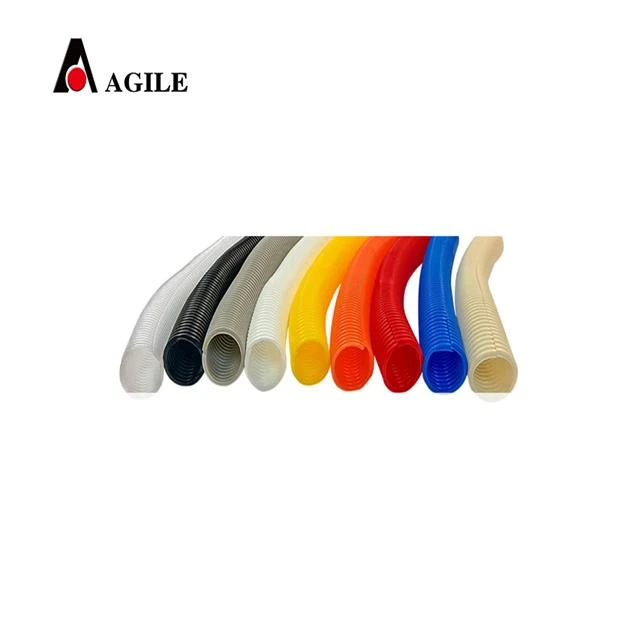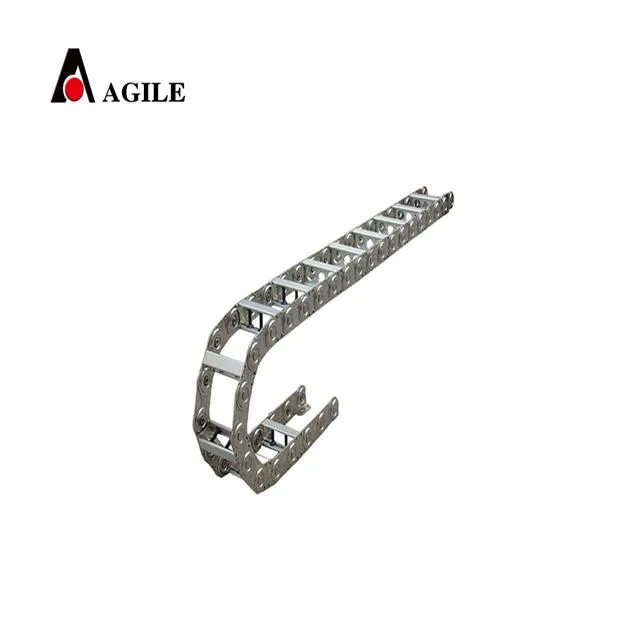cnc machine used metal swarf chip conveyor
Different industries require unique solutions to manage waste materials and maximize efficiency, especially in environments where metalworking is prominent. Chip conveyors play an essential role in these scenarios. Understanding the types of chip conveyors and their specific applications can greatly enhance the productivity of machining operations.
4. Screw Type Chip Conveyor Designed for vertical applications or tight spaces, the screw type conveyor uses a rotating helical screw to move chips. This system facilitates the upward or downward movement of chips efficiently, making it ideal for multi-level setups or environments with limited space. It's well-suited for heavy, wet chips, moving them reliably with fewer blockages. 5. Pivoting Belt Type Chip Conveyor A pivoting belt conveyor can offer more flexibility in installations where space and configuration are concerns. This conveyor type can alter the direction of the discharge point, making it adaptable to changing needs or configurations within a workshop. This makes it advantageous for plants anticipating expansion or reconfiguration. Selecting the appropriate conveyor requires careful consideration of various factors, including the type of material being processed, plant configuration, and overall operational goals. In some environments, a combination of conveyor systems might be employed to optimize waste removal and streamline productivity. To maximize the performance of chip conveyors, regular maintenance and inspections are vital. Ensuring lubricated moving parts, clearing blockages, and replacing worn-out components can extend the life of your conveyor system and preserve its operational efficiency. In conclusion, understanding the nuances and performance capabilities of different chip conveyor types is essential for optimizing any machining operation. Whether accommodating a CNC workshop with belt conveyors or handling heavy duty applications with drag type systems, the right choice can significantly impact process efficiency. As innovations continue to emerge within this field, industries can expect even greater enhancements in productivity and eco-friendly waste management solutions. Embrace the unique benefits of each type and tailor them to meet the specific demands of your industry, thus cementing your operation’s success.


4. Screw Type Chip Conveyor Designed for vertical applications or tight spaces, the screw type conveyor uses a rotating helical screw to move chips. This system facilitates the upward or downward movement of chips efficiently, making it ideal for multi-level setups or environments with limited space. It's well-suited for heavy, wet chips, moving them reliably with fewer blockages. 5. Pivoting Belt Type Chip Conveyor A pivoting belt conveyor can offer more flexibility in installations where space and configuration are concerns. This conveyor type can alter the direction of the discharge point, making it adaptable to changing needs or configurations within a workshop. This makes it advantageous for plants anticipating expansion or reconfiguration. Selecting the appropriate conveyor requires careful consideration of various factors, including the type of material being processed, plant configuration, and overall operational goals. In some environments, a combination of conveyor systems might be employed to optimize waste removal and streamline productivity. To maximize the performance of chip conveyors, regular maintenance and inspections are vital. Ensuring lubricated moving parts, clearing blockages, and replacing worn-out components can extend the life of your conveyor system and preserve its operational efficiency. In conclusion, understanding the nuances and performance capabilities of different chip conveyor types is essential for optimizing any machining operation. Whether accommodating a CNC workshop with belt conveyors or handling heavy duty applications with drag type systems, the right choice can significantly impact process efficiency. As innovations continue to emerge within this field, industries can expect even greater enhancements in productivity and eco-friendly waste management solutions. Embrace the unique benefits of each type and tailor them to meet the specific demands of your industry, thus cementing your operation’s success.








